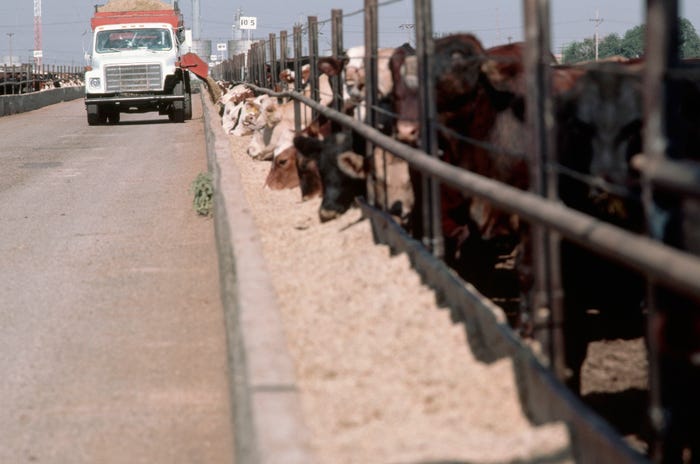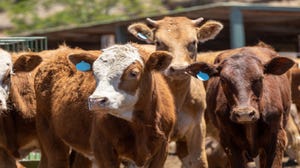thumbnail
Market news
Colombia puts restrictions on U.S. beef due to H5N1 in dairy cattleColombia puts restrictions on U.S. beef due to H5N1 in dairy cattle
USMEF encouraged vast majority of trading partners are following the science.
byAnn Hess
Subscribe to Our Newsletters
BEEF Magazine is the source for beef production, management and market news.











.jpg?width=300&auto=webp&quality=80&disable=upscale)
























.png?width=300&auto=webp&quality=80&disable=upscale)

